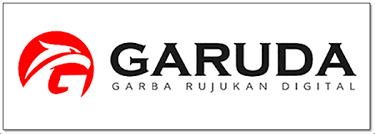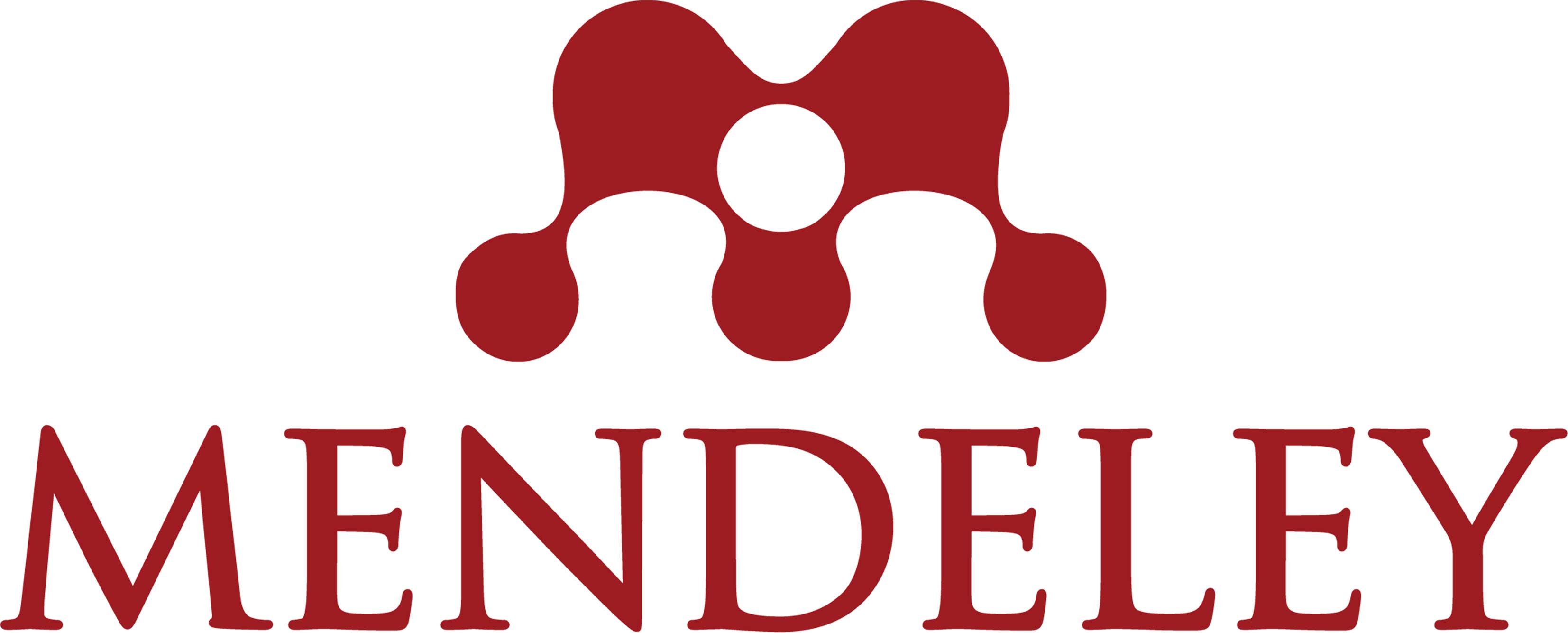Developing a Smartphone Application Prototype as Digital Supplementary Reading Materials for the Tenth Graders for Vocational High School
DOI:
https://doi.org/10.17977/um064v1i22021p206-220Keywords:
Mobile-assisted Language Learning (MALL), supplementary reading materials, Research & DevelopmentAbstract
Abstract: The use of technology in language learning has improved the development of educational products. Related to reading, it makes reading materials is not limited to printed-text only. The Mobile-assisted Language Learning (MALL) makes smartphones have big impact on education since it can be used as a device to access variety of technology-based learning materials. In such a way, the development of learning materials that can be accessed from a smartphone is highly needed. Thus, the need for accessible learning materials from a smartphone is crucial to students, especially during the situation where online learning must be carried out. Since students must do distance learning with teachers, smartphone application can be an additional material that can accommodate students to learn independently. The current study is conducted to develop a smartphone application prototype to support the benefit of technology to the practice of English Language Teaching in Indonesia. The R&D model of Borg & Gall (2003) was used to develop this digital supplementary reading material in the form of a smartphone application prototype. The first final product of this study is a smartphone application named ‘Seeds’ that has implemented the three-phase reading technique. Besides, it consists of three different titles of descriptive text added with different forms of reading activities. The product is also supported with additional features like pop-up glossary, re-reading, show-score, and share-score. The second product is the e-manual book in the form of .pdf where it is written in English and Indonesian.
Keywords: Mobile-assisted Language Learning (MALL), supplementary reading materials, Research & Development
Abstrak: Penerapan teknologi pada pembelajaran bahasa telah menciptakan perubahan pada pengembangan bahan ajar. Berkaitan dengan kemampuan membaca, hal tersebut membuat bahan bacaan tidak terbatas pada teks dalam bentuk fisik saja. Mobile-assisted Language Learning (MALL) menjadikan smartphone memiliki pengaruh yang besar pada pendidikan karena kemampuannya dalam mengakses berbagai macam bahan ajar berbasis teknologi. Hal tersebut menyebabkan pengembangan materi pembelajaran yang dapat diakses menggunakan gawai menjadi sangat dibutuhkan. Oleh karena itu, kebutuhan akan materi pembelajaran yang dapat diakses menggunakan gawai menjadi sangat penting bagi siswa. Terutama selama pembelajaran online sedang diberlakukan. Semenjak siswa diharuskan untuk melakukan pembelajaran jarak jauh, aplikasi gawai dapat dijadikan sebagai materi tambahan yang dapat memfasilitasi siswa untuk belajar secara independen. Penelitian ini dilakukan untuk mengembangkan suatu prototype aplikasi gawai untuk mendukung manfaat teknologi pada kegiatan pengajaran Bahasa Inggris di Indonesia. Model penelitian R&D oleh Borg & Gall (2003) diterapkan dalam pengembangan materi tambahan membaca dalam bentuk prototype aplikasi gawai. Produk hasil penelitian yang pertama adalah aplikasi gawai bernama 'Seeds' yang telah menerapkan teknik membaca tiga fase. Selain itu, aplikasi yang dikembangkan berisi tiga judul teks deskriptif dengan berbagai bentuk kegiatan membaca. Produk tersebut juga didukung dengan fitur tambahan seperti pop-up glosarium, re-reading, show-score, dan share-score. Produk kedua adalah e-manual book dalam bentuk .pdf yang ditulis dalam Bahasa Inggris dan Bahasa Indonesia.
Kata Kunci: Mobile-assisted Language Learning (MALL), materi tambahan membaca, Research & Development
References
Almaiah, M.A., & Jalil M.A. (2014). Investigating students’ perception on mobile learning services. International Journal of Interactive Mobile Technology, 8(4), 31-36.
Alyousef, H.S. (2006). Teaching reading comprehension to ESL/EFL learners. Journal of Language and Learning 5(1), 63-73.
Bona, C. (2014). The use of Smartphone to develop English skills. The 61st TEFLIN International Conference, UNS Solo 2014 (p. 923-926). Surakarta: Sebelas Maret University.
Borg, W.R., & Gall, M.D. (1983). Educational research: An introduction. New York: Longman.
Borg, W.R., & Gall, M.D. (2003). Educational research: An introduction (7th Edition). New York: Longman.
Brown, H.D., & Lee H. (2015). Teaching by principles (4th Edition): An interactive approach to language pedagogy. USA: Pearson.
Hutchinson, T., & Waters, A. (1987). English for specific purposes: A learning-centred approach. Cambridge: Cambridge University Press.
Jolly, D., & Bolitho, R. (2011). The process of materials writing. Tomlinson, B. (Ed.). Materials development and language teaching. Cambridge: Cambridge University Press.
Kukulska-Hulme, A., & Shiled L. (2008). An overview of mobile-assisted language learning: From content delivery to supported collaboration and interaction. ReCALL, 20(3), 271–289. doi: http://dx.doi.org/doi:10.1017/S0958344008000335.
Klimova, B. (2018). Mobile phones and/or smartphones and their apps for teaching English as a foreign language. Educ Inf Technol, 23(3), 1091-1099. doi: https://doi.org/10.1007/s10639-017-9655-5.
Long, A.B. (2016). Modes of reading in the elementary classroom (Master Thesis, The College at Brockport: State University of New York). Retrieved from https://digitalcommons.brockport.edu/ehd_theses.
Mukundan, J., Zarifi, A., & Kalajahi, S.A.R (2016). Developing reading materials for ESL learners. Issues in In Azarnoosh, et.al. (Ed.), Materials Development. Netherlands: Sense Publishers.
Robinson, H.A. (1975). Teaching reading and study strategies: The Content Areas. USA: Allyn and Bacon.
Salih, T.E.O.M., Adam, A.M.A., & Alhafian, M.H.M. (2018). The role of teaching supplementary readers on promoting reading comprehension skills in Sudanese secondary schools students’ performance. International Journal of English Research 4(6), 64-70.
Setyowati, Y. (2014). ‘Mobile Comics’ as a media to enhance literature’s sense to young learners. The 61st TEFLIN International Conference, UNS Solo 2014 (p. 1024-1026). Surakarta: Sebelas Maret University.
Sulistyo, G.H. (2011). Reading for Meaning: Theories Teaching Strategies and Assessment. Malang: Pustaka Kaiswaran.
Tarshaei, G., & Karbalaei, A. (2015). The effect of three phase approach on Iranian EFL learners’ reading comprehension. European Journal of Natural and Social Sciences 4(2), 362-372.
Tayan, B.M. (2017). Students and teachers’ perceptions into the viability of mobile technology implementation to support language learning for first year business students in a Middle Eastern University. International Journal of Education & Literacy Studies, 5(2), 74-83. DOI: http://dx.doi.org/10.7575/aiac.ijels.v.5n.2p.74.
Weng, T.H., & Chen Y.J. (2015). Students’ perceptions towards the use of smartphone applications for English learning. International Journal of Educational Science and Research (IJESR), 5(3), 1-10.
Downloads
Published
How to Cite
Issue
Section
License

This work is licensed under a Creative Commons Attribution-ShareAlike 4.0 International License.





























